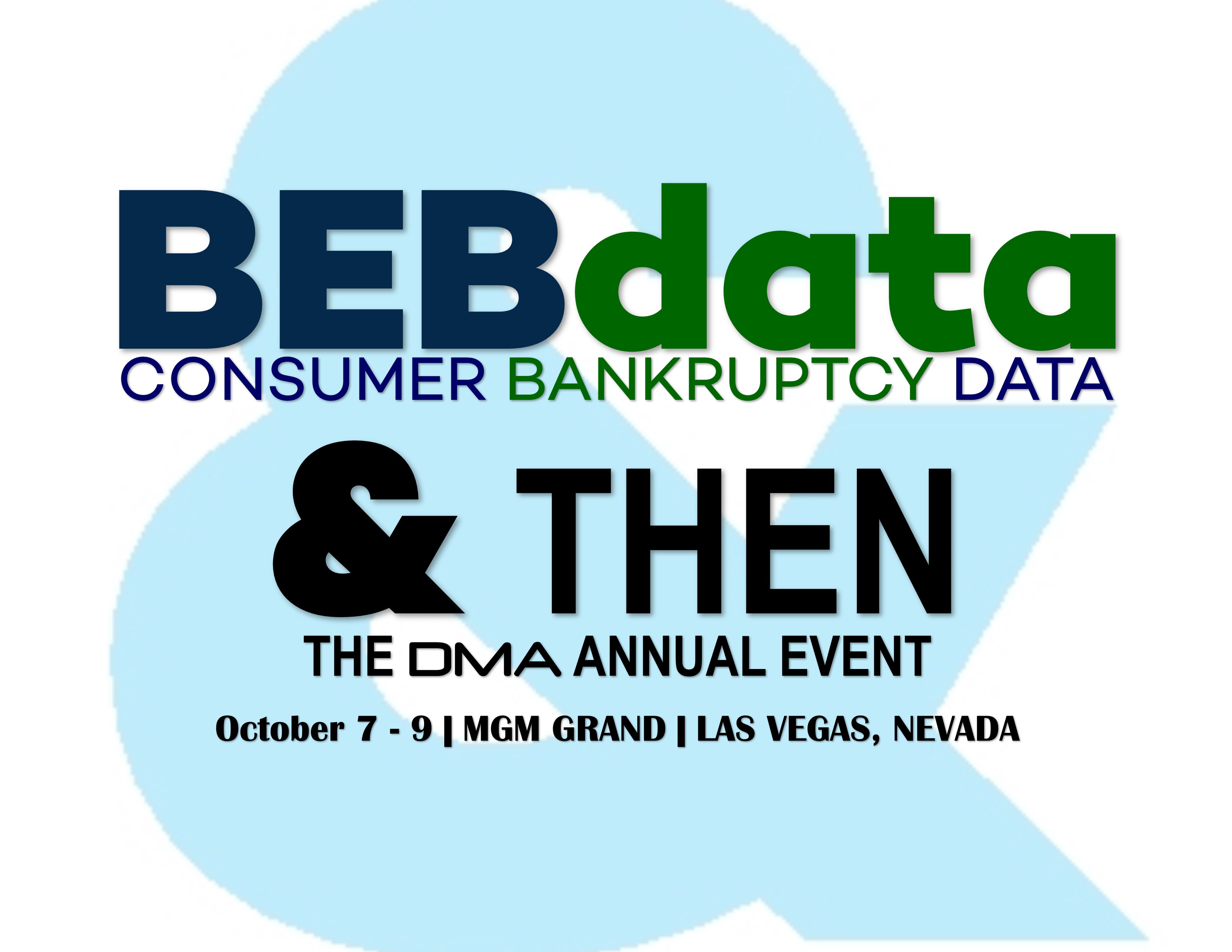![]() Beacon Technology is the next big thing for local Search Engine Optimization (SEO). The Big technology companies including Google and Facebook have already implemented beacon technology and are actively seeking early adoption of beacons on the store-level.
Beacon Technology is the next big thing for local Search Engine Optimization (SEO). The Big technology companies including Google and Facebook have already implemented beacon technology and are actively seeking early adoption of beacons on the store-level.
The definition of a beacon is a physical light or other visible object serving as a signal or guide. Beacon Technology operates the same. Beacons are physical devices that operate based on proximity. All beacons use a low-energy Bluetooth signal to operate and are a cloud platform device. Some frequently used names are Proximity Beacon (PB) and Bluetooth Low Energy Beacon (LE).
Beacons are used to encourage customer engagement, send quick knowledge, and drive sales. Beacons can send push notifications to people within a certain distance of the device. Brick and mortar stores can send specials or savings to in-store customers to encourage purchases or give them helpful business information that solidifies trust. Public locations like bus stops can provide information that is publicly accessible and will help people get information instantly, such as what time the next bus is stopping there. They can also encourage user-generated content. Users are encouraged to add images of your business and leave an online review of your business.
Beacons are a new way to ensure customers are getting accurate, up to date information when they want it. It is also a way to reach people when they are most engaged, or conversely if they are in your business but may still be price comparing on their phone. Beacons can be an excellent way to seal the deal or promote a “why you should buy” message.
Google beacons allow businesses to promote a URL, which allows customer interaction with Google’s Physical Web product. Physical Web is a platform that finally acknowledges consumer behavior in real-life. Physical Web allows you to interact with what’s around you – interact with inanimate objects or choose web pages related to your surroundings.
A Bluetooth signal will initiate information transfer when a customer is within a certain radius of a beacon. One important thing to note is that beacons are ONE-WAY information transmitters, therefore they are not be collecting data or violating any privacy laws. Instead of taking information from your phone or you personally, beacons are only submitting information to the user. The Facebook beacon will display information when a user is using the Facebook app within the beacon range. Facebook will show Place Tips, a welcome note, and photo. The Facebook beacon will also encourage users to like the business page and check-in to the business. Being a social app in nature, it will also display recommendation information from a user’s Facebook friends.
For now, the Facebook beacon is free. There are several companies that offer beacons for a price such as the Google-compatible beacons average $25 per device.
Both Google and Facebook beacons will come already activated right out of the box. You simply have to place them in a fixed location, preferably a doorway. Some beacons also work by USB power instead of an internal battery – these must be plugged into a computer at all times.
Beacons may begin to collect more accurate data on key business factors like the busiest time of day and the average foot traffic of each location. While these are relatively simple devices, they may be able to track the aggregate number of impressions served over a certain timeline and report back on them. While those statements are just a theory, one thing is for certain: beacons will be an effective way to engage with the formerly disengaged customer who is more focused on their phone than the world around them.
From an advertiser perspective, beacons may help assist with the Store Visits objective. The current challenges with Store Visit measurement is primarily geographical; currently only large, freestanding stores like Whole Foods and Target have effective store visit capability and measurement. Anonymous solutions like beacons may bridge the gap for the large percentage of business that is currently unable to measure in-store success and cross-attribution from their digital campaigns.
For more information go to https://www.clickherepublishing.com/local-seo-beacons/









